Water Storage a Critical Question for Climate Adaptation
21st century conditions require big changes in approach ensuring adequate water supplies
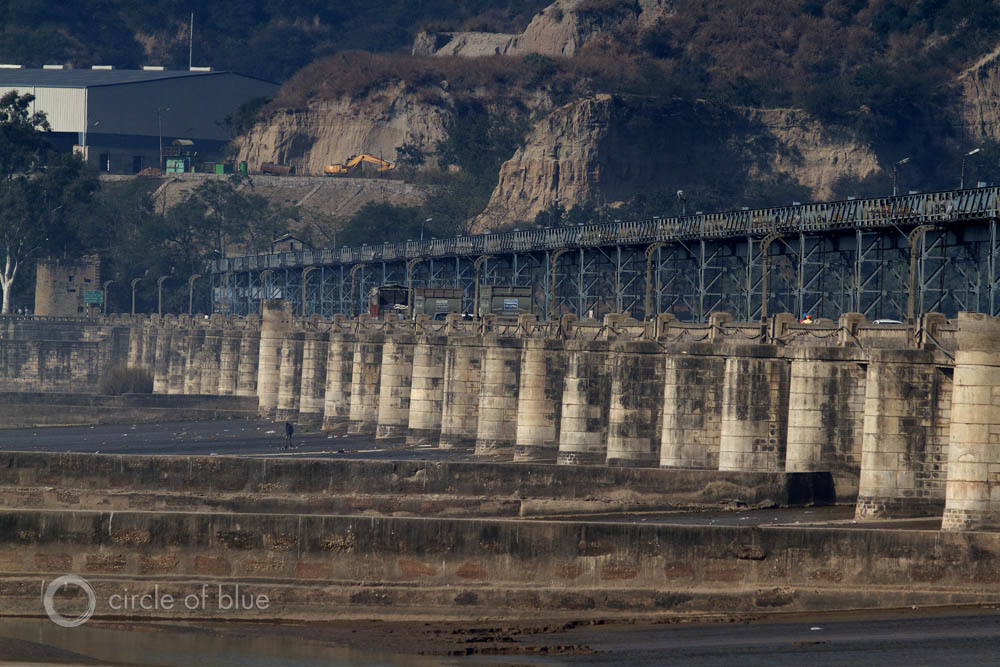
By Brett Walton
Circle of Blue
Negotiators meeting at the United Nations climate summit in Paris have two main objectives. The first is to secure an agreement to limit heat-trapping carbon pollution. The other is to establish various programs to help communities prepare for a hotter planet.
In diplomatic parlance these objectives are known as mitigation and adaptation.
The first goal has been on the international agenda since the original UN climate treaty, in 1992. Adaptation, however, is a newer addition to the annual summit — and for good reason. It is now clear that even if carbon emissions were to cease immediately — an impossible scenario — the world must still learn to cope with changes in weather patterns and sea levels that are already underway and will continue.
It is also clear that the adaptive measures, by and large, will be in response to changes in water availability: to nastier droughts, more powerful floods, and shifts in the timing and quantity of snow, rain, and glacial melt. The deluge in Chennai is one example of the new climate math. India’s fourth largest city, home to 9.6 million people, was turned into a lake, inundated by 17 consecutive days of rain.
Water advocates have repeatedly clamored for recognition that climate adaptation is about shifting hydrological cycles. In Paris, they are beginning to see results. But Paris is not where adaptation will take place. Fortifying modern society against the destructive potential of a new climate falls on the shoulders of public officials in countless cities, counties, and districts in countries rich and poor. In Denver and Dallas just as in Delhi and Dhaka.
Water managers have much to think about, and the considerations vary by region. Indian cities are still trying to provide 24-hours-a-day water service to their citizens, while American counterparts are encouraging residents to use less. Still, one issue more than any other is likely to dominate the water adaptation discussion in the coming decades: storage. That is, how to smooth out climate irregularities into a reliable, steady water supply.
Storage is a “huge topic,” says Peter Gleick, president of the Pacific Institute, a research group. Huge, because the stakes are so high. There are billions of dollars in public and private investment and engineering contracts in play. California voters, for instance, approved $US 2.7 billion last year to spend on storage projects. There is potential conflict between old practices and new ideas. Dams and reservoirs are the tried-and-true storage method. A suite of alternatives is available but they have been tested in only a few parts of the world.
The questions are many: build new dams, increase the capacity of existing facilities, or change how they are managed? Emphasize small dams or large ones or none at all? Is underground storage an option? Where are the best locations? Must laws and policies be altered? How does conservation fit in? The questions are not only a matter of engineering. They also reflect deep and serious debates about social, environmental, economic, and political values.
Dams Set the Stage
In the beginning all storage was natural. Groundwater reserves were built up over millennia. Lakes formed and reformed. Domestic and economic life was molded on the seasonal cycles of rain, snow, and heat.
Soon enough, the demands of the modern era overwhelmed the natural order, in the United States in particular but also in other large economies. For settlements to grow into cities and pioneer farm plots into vast commercial enterprises, the need for regular and predictable water supplies was an urgent matter.
Manmade reservoirs were the answer. An era of dam building began in earnest in the United States in the 1930s. Fifty years later reservoir storage capacity had increased by a factor of 10. China, India, South Africa, and other countries followed. Worldwide, dams radically altered watershed ecology, drove millions from their homes, and became flashpoints for environmental and social justice movements.
Despite the drawbacks, reservoir storage helps in several ways. It provides a long-term buffer against extended drought. Dams in the Colorado River Basin, for example, hold four times the river’s average annual flow. Storage also protects communities against floods. The Portland, Oregon, waterfront would be washed away every few decades if not for the dozens of dams upstream on the Columbia River in British Columbia, Idaho, Montana, and Washington.
Storage is a critical issue today because natural systems are faltering. Groundwater reserves are being drained. Mountain snowpack is shrinking and melting sooner, leading to drier conditions later in the summer. A U.S. Geological Survey study published last month found that the peak spring river flows in the northern U.S. plains moved one to two weeks earlier over the last century.
“Climate change is going to destroy snowpack storage,” Gleick told Circle of Blue. A large body of scientific research supports the claim. Watersheds in the American West, southern Europe, the Middle East, and Central Asia that supply 2 billion people face declines in snow storage, according to a study published last month in the journal Environmental Research Letters. The snow season for several basins in the American West could shrink by two months by 2050, according to a 2014 University of Idaho study.
No single action will replace the storage that will be lost, according to Paul Fleming, manager of the climate and sustainability group at Seattle Public Utilities. That means communities must discuss the menu of options and agree on the order that works for them.
“It’s fair to say that any decision on storage needs to be rooted in the values of the location and of the people who reside there,” Fleming told Circle of Blue. Fleming was also a lead author for the adaptation chapter of the 2014 National Climate Assessment. “It’s important to think of storage not in isolation but as part of an overall strategy.”
Some regions need more storage than others — places that rely primarily on natural storage and are more exposed to the whims of weather.
“There are places where we’ve under-invested in surface storage,” Gleick said, mentioning sub-Saharan Africa as one such area. “These are places where there is a higher risk of drought and flood because they don’t have the protection that reservoirs provide.”
Dams need not be the behemoth structures that flourished in the last century and continue to be built today. Small dams can slow down rivers that are swollen from a heavy rain, hold back the water, and allow it to soak into the soil. The 2015 Stockholm Water Prize, considered the Nobel for water, went to Rajendra Singh for using such methods to restore groundwater tables in India. Singh’s organization has helped build or inspire the construction of more than 8,600 johads, or small earthen dams, in his home state of Rajasthan in the last two decades.
“Due to the harvesting of rain and recharging groundwater, there is no scope for drought or floods in our area,” according to Singh. “This work of ours is a way to solve both floods and droughts globally. Therefore we believe the impact of this work is on the local level, national level, the international level and above all at the village level.”
Using Old Dams In New Ways
Communities are also adapting by renovating old dams. Denver officials want to raise the height of Gross Reservoir, to boost storage capacity. Officials in Washington state plan to link two reservoirs in the Yakima River Basin by pipeline, to maximize storage.
Gleick points to Folsom Dam as another example of how an existing reservoir can be retrofitted to match a new climate reality. The dam, on the American River, east of Sacramento, was completed in 1956 and is operated by the federal Bureau of Reclamation. Like all dams that trap snowmelt to limit flood damage, Folsom is operated according to a set of formulas called rule curves. The curves tell managers when to transition from flood control mode, when reservoirs are emptied, to water storage mode. The shift happens in the spring, but decisions are often made with old data, Gleick said.
“We have to change those curves to reflect that the nature of storms is changing,” Gleick said.
Louis Moore, Bureau of Reclamation spokesman, told Circle of Blue that Folsom’s rule curves have been updated and that there are ongoing discussions about additional changes, to match new conditions. Paul Fleming said that Seattle is also changing how it manages its reservoirs.
Rule curves are an operational change. Reclamation is also altering Folsom’s physical structure. The agency is collaborating with the U.S. Army Corps of Engineers on a $US 900 million upgrade to the dam’s spillway. This will allow managers to dump water more quickly during a flood and thus store more water behind the dam.
Other Storage Options Are Available
Dams are not the only option. More and more agencies are looking to store water underground.
The Los Angeles Department of Water and Power submitted a plan this year to shop locally for its water. Instead of channeling stormwater quickly out to sea, the city will soak up rainfall and store it in the soil for use in dry times. If fully implemented, local rainfall could provide up to one-third of Los Angeles’ water supply and reduce its reliance on the diminishing Sierra Nevada snowpack.
Similar measures are being attempted elsewhere. A project announced in October in Uttar Pradesh, a state in northern India, will use flood water from the Ganges to refill groundwater basins. Almond and grape farmers in California’s Central Valley will flood their fields this winter in an attempt to refill depleted aquifers. The city of Wichita, Kansas, stores surplus flows from the Little Arkansas River in its main drinking water aquifer. Farmers, too, can change their management practices to build organic matter and increase the water-holding capacity of the soil. Not tilling the land before planting is one such method.
These sorts of alternatives are getting attention in Paris. A UN science agency released a call to action last week for negotiators to consider groundwater management and storage as part of a climate agreement. More debate is sure to follow.
Brett writes about agriculture, energy, infrastructure, and the politics and economics of water in the United States. He also writes the Federal Water Tap, Circle of Blue’s weekly digest of U.S. government water news. He is the winner of two Society of Environmental Journalists reporting awards, one of the top honors in American environmental journalism: first place for explanatory reporting for a series on septic system pollution in the United States(2016) and third place for beat reporting in a small market (2014). He received the Sierra Club’s Distinguished Service Award in 2018. Brett lives in Seattle, where he hikes the mountains and bakes pies. Contact Brett Walton

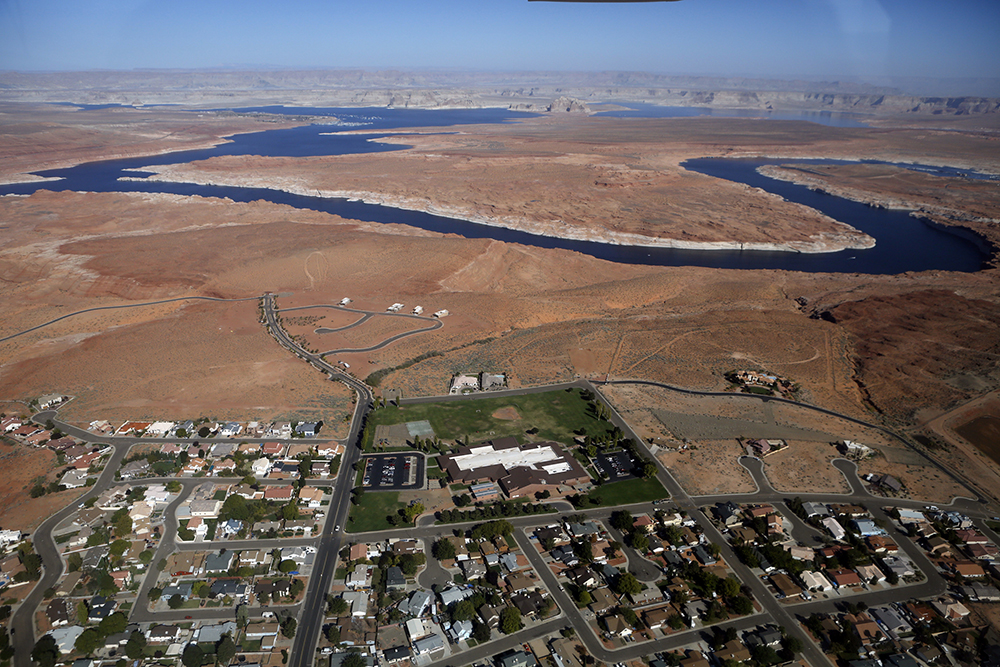
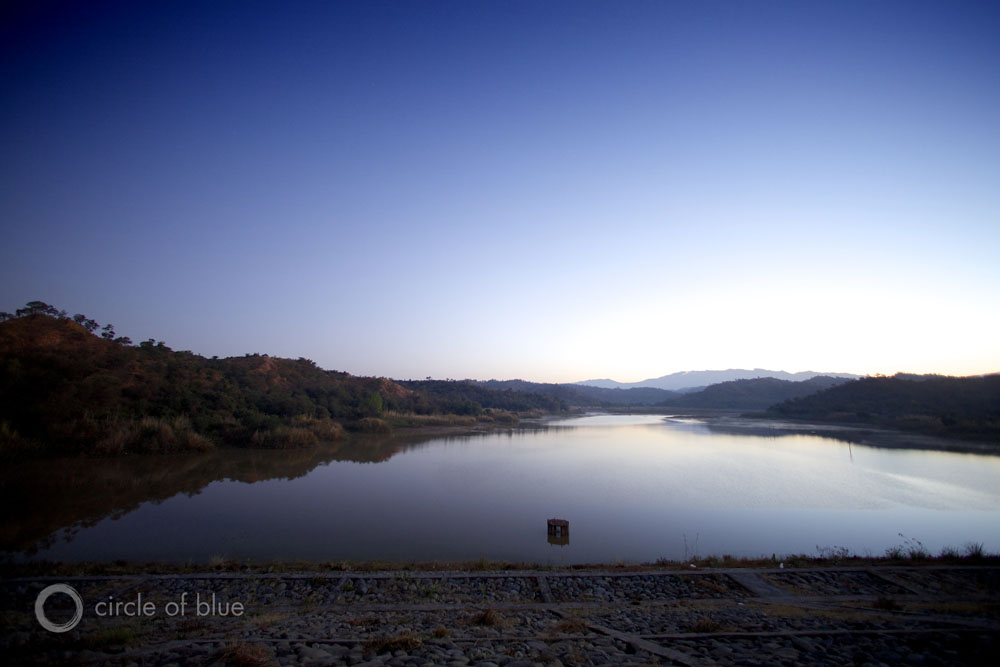



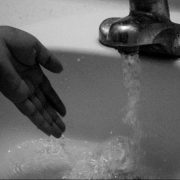




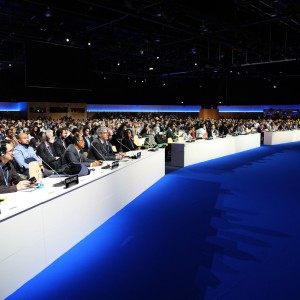

Leave a Reply
Want to join the discussion?Feel free to contribute!